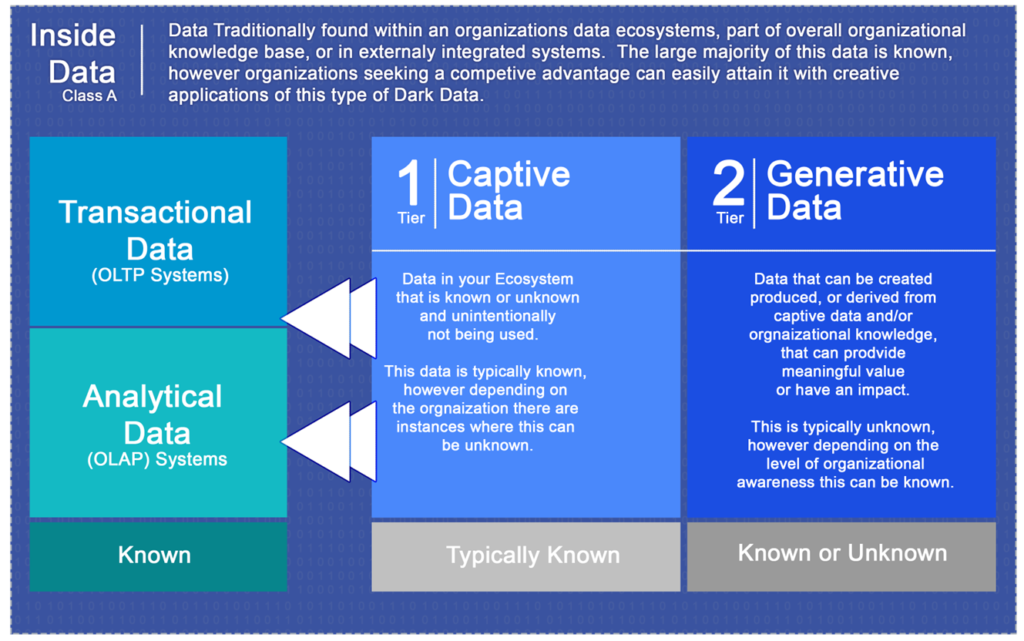ASSESS
Assess if there are any roadblocks in moving forward and which way you need to go. Is the path forward clear enough to start the design.
Assess the need to revisit requirements and impacts consistently.

Needs Analysis
For an in-depth explanation and details around how to perform a Needs Assessment review the information at Investopedia at this link.
- Understand the information gathered to this point.
- Do things fit well together? does it align? Is the path forward clear to key stakeholders?
- Can the Outcomes and goals be attained?
- Are the knowns and unknowns clear?
- Will further exploration be required in the design
- Will there be a rolling wave approach?
There are many things that we’ll need to assess before we move into the Design and Define phases. To this point we’ve done a lot of work. We’ve asked the tough questions, we’ve taken the time to truly understand the challenge, we’ve learned how we’ve gotten into this position, we’ve learned what’s possible, we’ve learned where our possible fail points are. We’ve evaluated our position, our needs, our gaps, our capabilities, our time constraints and more. Now we need to firmly assess where we will go from here, our risk vs reward scenarios, the value of our expected impact and most importantly the Dark Data and the level to which we will dive into it to aid in our value proposition. We’ll need to assess the known Data and the unknown, internal and external data. This assessment needs to be iterative and it needs to be fast. We cannot spend an abundance of time assessing Dark Data because Dark Data can be a labyrinth of information. We need to quickly find out what’s critical for understanding now and what we can positionally learn along the way.
For the first wave of analysis we will need to dive deep into the internal data first and have a general plan or direction for the external data in later iterations.

What data is captive and what data can we generate through data enrichments and derivations? these are the first rounds of questions that we’ll ask. moving deeper into the assessment, we’d work with integrated teams who we’d need to have the same level of inquiry regarding data. There is Dark Data within the data itself and other unknowns that will impact our performance.
Data Quality is a big impacting factor our the performance of digital products and can have a big impact on our plans of all sorts. The dimension of data quality that we need to be aware of are:
- Accuracy: The correctness of data, and whether it represents reality or not.
- Completeness: The extent to which data is complete and contains all the necessary information.
- Consistency: The extent to which data is free from contradictions, and is uniform across different sources.
- Timeliness: The relevance of data at a particular point in time, and whether it is up-to-date or not.
- Validity: The extent to which data conforms to a specific set of rules or standards.
- Relevance: The extent to which data is useful and applicable to the task or problem at hand.
- Accessibility: The ease with which data can be accessed and retrieved.
- Usability: The extent to which data can be used effectively and efficiently.
- Integrity: The overall trustworthiness and reliability of data
With data quality having such a big impact on the overall utility and value output of data we need to approach any new data set as though we are Operating in the unknown, until we can verify that the data is of sound quality. Below are a few things that typically happen in most initiatives.
- Data is flawed more than expected
- Our Hypothesis is proving incorrect
- We need to pivot mid-project
- We can’t capture the data that we expected we could
- We need skill sets that we are unaware of
- A reorg impacted a team we’re partnered with
- Our SME quit
These types of occurrences impact our ability to prioritize effectively and in some case can lead to mis-prioritization, which in turn effects out value proposition and impactfulness. Below are a few examples of how organizations can collaboratively prioritize. the two versions of a prioritization 2×2 matrix asses organizational process attributes that impact value delivery. in these examples organizations have planning meetings and discuss the value of any initiative as it relates to it’s risk level, effort level, cost, and value.
Prioritization


| Outcome | Priority | Initiative |
|---|---|---|
| Grow Consumer Base | 1 | Initiative 1 Initiative 2 |
| Operate in Compliance | 2 | Initiative 3 Initiative 4 |
| Ensure Product Performance standards | 3 | Initiative 5 Initiative 6 |

